
Wearing jewelry dates back to the Old Testament when Abraham’s servant—who goes looking for a wife for Isaac—gives the young Rebecca, who fetched water for him and his camels, a nose ring and bracelets (Genesis 24:47). In more recent times, jewelry has become a personal outlet for many Jews to proudly display their heritage, from necklaces, bracelets, earrings and rings bearing beautiful Jewish symbols, to those displaying gemstones from Israel.
Thinking of wearing jewelry with a Star of David or other symbol when you step out today? Here’s what today’s most popular symbols in Jewish jewelry mean according to a Jewelry Judaica blog:
Star of David
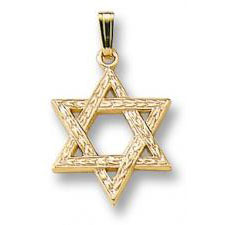
The Jewish star is perhaps the most popular piece of Jewish jewelry as it is a powerful symbol of both Judaism and Israel. Also called a Magen David or Shield of David, it is said to originate from the shield of the Israelite King David.
Hamsa
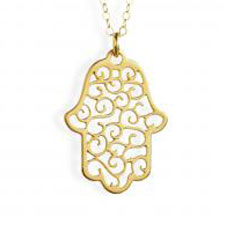
The Hamsa, meaning five in Arabic, is the hand-shaped symbol thought to ward off the evil eye and offer protection. It is a popular good luck charm that often incorporates other motifs, such as an eye, chai or star.
Chai

This Hebrew word for living is made up of the letters chet and yod. The Hebrew numerology of these letters corresponds to the number 18, which is why 18 is a significant number in gift-giving. Both the chai motif and 18 represent long life and prosperity.
Ten Commandments/Torah
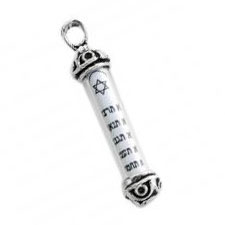
Jewish tradition tells us God gave the Ten Commandments and Torah to Moses and the Israelites at Mt. Sinai soon after the exodus from Egypt. As such, it is not uncommon to see Jewish jewelry motifs depicting the Ten Commandments or a Torah scroll as a representation of the theme of the Torah.
Shema Yisrael
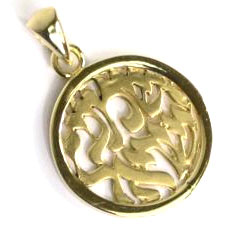
Shema is Hebrew for hear and Yisrael for Israel. “Hear, Israel…” is the beginning of the section of Torah that is a central Jewish prayer recited twice daily. The prayer, and symbol when worn on jewelry, is an affirmation of one God and the acceptance of God’s commandments.
Ani Le Dodi
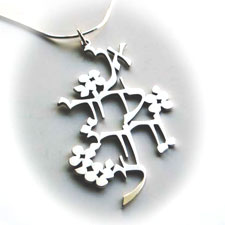
Ani Le’dodi Ve’Dodi Li (I am my beloved’s and my beloved is mine) come from the Song of Solomon. This passage is popular as an expression of love between a husband and wife and is often depicted on pendants and inscribed on wedding bands.
Dove
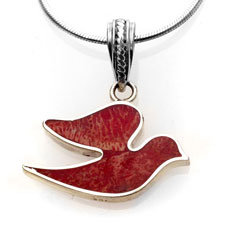
Since the story of Noah and the great flood that nearly destroyed the world, the dove has been a universal symbol of peace and hope. Many people embrace the dove as an expression of optimism for a better future. In Jewish jewelry, the symbol is often combined with the Star of David or Hamsa.
Jerusalem/Zion
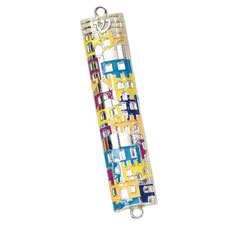
The Land of Israel, and more specifically Jerusalem/Zion, has been a common theme within Jewish culture and art for millennia, especially for diaspora Jews who longed to return to the Promised Land. Sometimes Jerusalem is represented in jewelry form as the Kotel, Wailing Wall or Western Wall.
Want more? Read this personal blog about how a Star of David necklace is worn in remembrance of a father and ancestry.


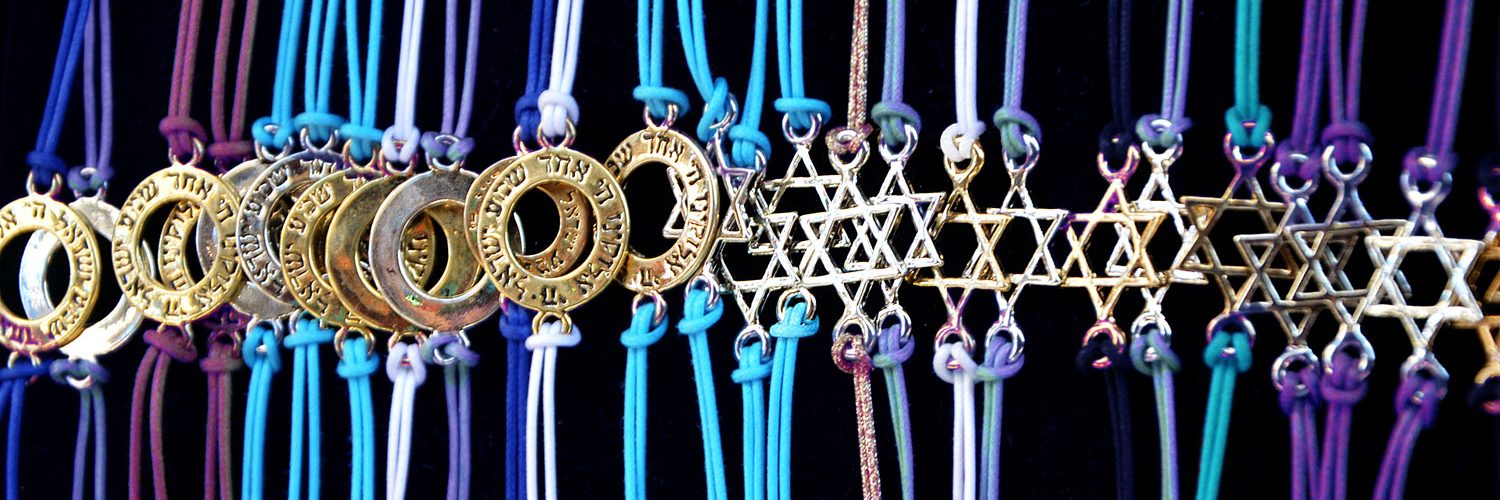

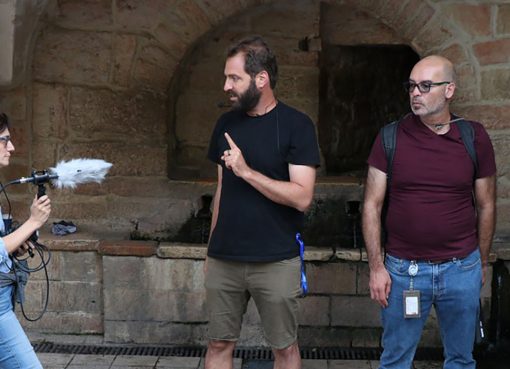



Comment here